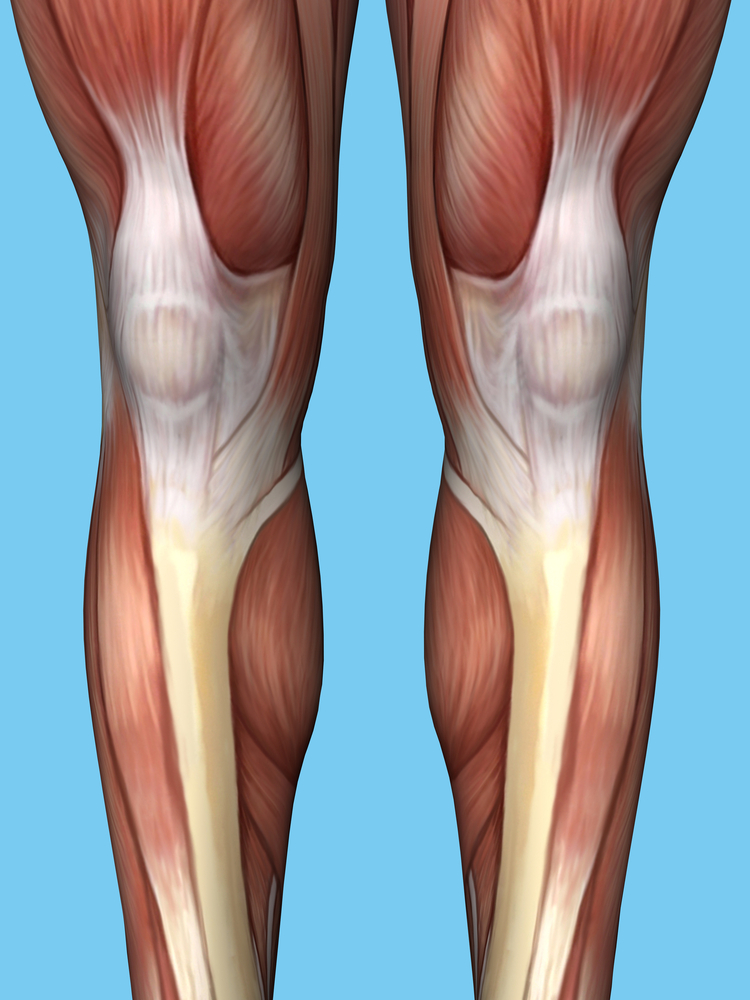
Shin splints
Monday, March 14, 2016
Shin splints, also called Medial Tibial Stress Syndrome is an extremely common running injury affecting athletes at all levels from amateur to elite athletes. Often the first sign of shin splints is a soreness on the inside of the shin bone that spreads down towards to the ankle or the front of the shin bone below the knee.
Most people will notice shin pain at the start of a run or exercise, before it eases during the warmup, only to return once the running is finished. Sometimes the pain can be so bad that you have to stop running during the exercise, followed by a few days of worsening pain.
The cause of shin splints are an excessive amount of pull on the outer part of the shin bone (the periosteum) by muscles, or fascia, which is the connective tissue that runs throughout the body. Each time you land on one foot during a run, force of up to two and a half times your bodyweight goes through your leg and needs to be carefully controlled to avoid injury.

You're more likely to get shin splints if there is a change in your training (such as a new runner who pushes themselves), your footwear doesn't provide the right kind of support, you are running on a hard surface or you have poor running technique (e.g. rolling your feet in or tending to drop your knee.)
Treatment of shin splints
The first step to treating shin splints is to be assessed by a Physiotherapist. This will make sure you do not continue to do damage by exercising or playing sports. Biomechanical assessments may be recommended of your running style, and this can help determine the cause of the injury. Sometime over striding or having a slow step rate can contribute to shin splints and these common technique errors can be corrected.
Treatment for shin splints varies on the stage of the injury
Stage 1. The first stage is pain or discomfort disappearing during your warmup. You can continue your activity unless the injury or pain worsens.
Stage 2. The second stage is pain or discomfort that disappears during your warmup but reappears once you're done your activity. You can continue your activity at a level that does not cause you pain.
Stage 3. The third stage is pain or discomfort that gets worse while you're exercising. The activity must stop immediately to avoid further injury.
Stage 4. The final stage is pain all the time. All activity must stop immediately.
Short term treatment of shin splints:
- Apply ice to the area for 20 minutes, every 2- 4 hours.
- Tape the area to reduce stress on your shin bone and support the soft tissue
- Check your footwear to make sure it is supportive and wear orthodontics if needed
Long term treatment of shin splints:
- Massage to help reduce scar tissue
- Correcting your running technique to reduce the risk of injury
- Physiotherapist-provided strength and stretching exercises
- A strength and conditioning program tailored to you, to improve leg strength and prevent recurrence
A variety of factors including the severity of your shin splints, your body's response to treatment and the workload you'll be returning to affect how long your recovery time will be. If your shin splints are left untreated, they can progress to tibial stress fractures requiring six or more weeks of rehabilitation time.
For professional treatment of shin splints or for a running assessment contact Greater West Physio on 02 9670 3800.
